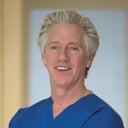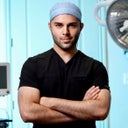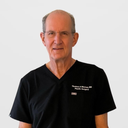Posted underEyelid Surgery q&a
Lower blepharoplasty: remove the fat or simply redistribute it? (Photo)
I have consulted two surgeons about lower blepharoplasty and have received conflicting advice. One wants to remove fat. I have A LOT of fat under my eyes. He also warned me to never let anyone any inject fillers. The second said he never removes fat, but redistributes it. He warned me to never let a surgeon remove fat because as we age we lose volume and I could look guant. He also suggested possibly using fillers. Whose advice do you feel would be the best route for me to combat this issue?
Answers (20)
From board-certified doctors and trusted medical professionals

Dr. Mehryar (Ray) Taban, MD, FACS
Oculoplastic Surgeon, Board Certified in Ophthalmology
Answer

Dr. John J. Martin, Jr., MD
Oculoplastic Surgeon, Board Certified in Ophthalmology
Answer

Dr. A.J. Amadi, MD
Oculoplastic Surgeon, Board Certified in Ophthalmology
Answer

Dr. Brett S. Kotlus, MD, MS, FACS
Oculoplastic Surgeon, Board Certified in Ophthalmology
Answer
More Eyelid Surgery Questions
See all Eyelid Surgery Q&AWE SEND PRETTY
EMAILS
What’s trending? Who’s turning heads? Which TikTok myths need busting? We’ve got you. No fluff, no gatekeeping—just real talk. Get our free, unfiltered newsletter.





